
About Polar Stratospheric clouds (PSC):
- These are also known as nacreous clouds or mother of pearl, due to their iridescence.
- Formation:
- These are formed in very cold conditions over Polar Regions and within the stratosphere, around 12-19 miles (19-31 km) high, far above our normal clouds.
- These clouds are made of smaller ice particles than those that form more common clouds.
- These small particles help to scatter light in a different way, which gives them their unique appearance
- PSCs typically make their first appearance in January.
- Impacts of these clouds
- The frequency of these clouds is often a harbinger of ozone depletion, as they play a crucial role in stratospheric chemistry.
- PSCs provide a surface for chemical reactions where benign forms of chlorine are converted into reactive, ozone-destroying forms.
- They also remove nitrogen compounds that would otherwise moderate the destructive impact of chlorine on the ozone layer.
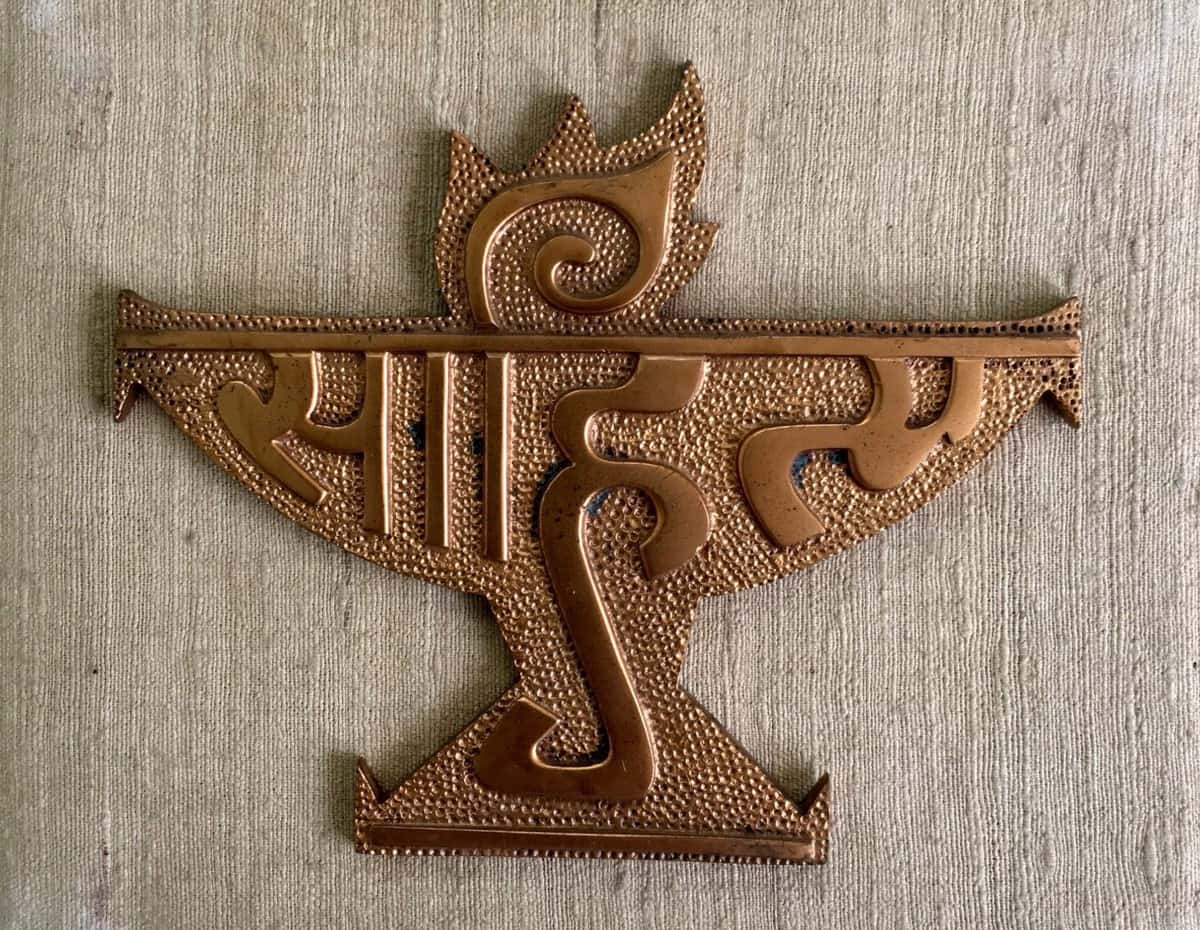
About the Sahitya Akademi Award:
- It is awarded for the most outstanding books of literary merit published in any of the major Indian languages recognised by the Akademi.
- Akademi gives 24 awards annually to literary works in the languages it has recognized and an equal number of awards to literary translations from and into the languages of India.
- Besides the 22 languages enumerated in the Constitution of India, the Sahitya Akademi has recognised English and Rajasthani as languages in which its programme may be implemented.
- The award, in the form of a casket containing an engraved copper-plaque, a shawl and 1,00,000 rupees will be presented.
Key points about the Sahitya Akademi:
- It was formally inaugurated by the Government of India on 12 March 1954.
- Sahitya Akademi, India's National Academy of Letters, is the central institution for literary dialogue, publication and promotion in the country and the only institution that undertakes literary activities in 24 Indian languages, including English.
- Though set up by the Government, the Akademi functions as an autonomous organisation.
- It was registered as a society under the Societies Registration Act, 1860.
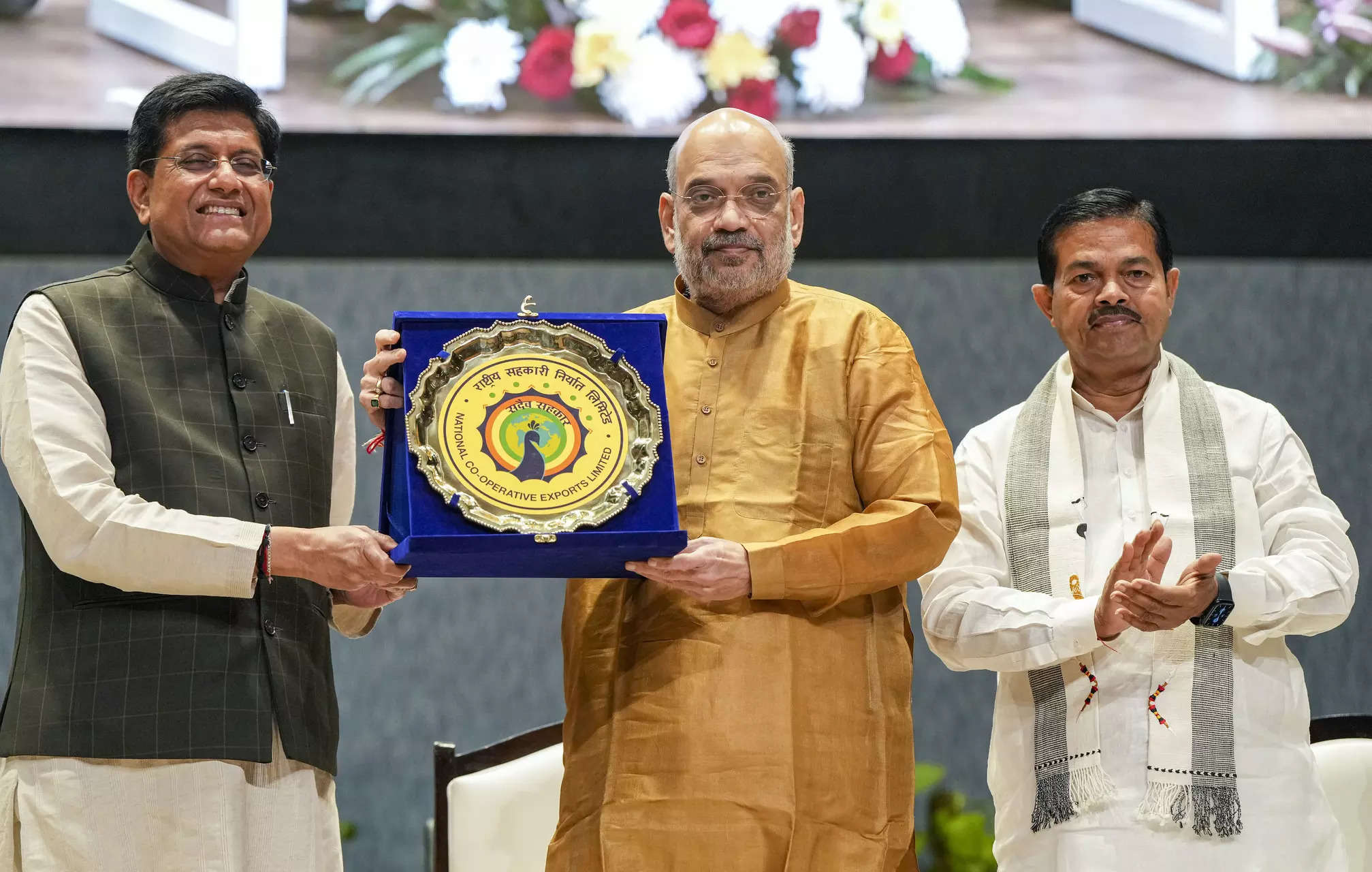
About the National Cooperative Exports Limited:
- It was set up by the the Ministry of Cooperation under the Multi-State Cooperative Societies (MSCS) Act, 2002.
- It will provide a complete ecosystem for the promotion of exports mainly of Agri commodities for the benefit of our farmers, in which India has a comparative advantage.
- All cooperative societies from the level of primary to apex that are interested in exports are eligible to become members.
- The NCEL has provision of two kinds of members namely:
- Ordinary Members: The following shall be eligible to become ordinary members of the NCEL: -
- Any multi-state co-operative society or any co-operative society registered or deemed to be registered under any law relating to co-operative societies for the time being in force in any State or UT;
- The National Co-operative Development Corporation (NCDC) established under the National Co-operative Development Corporation Act, 1962
- Such class or classes of persons or associations of persons as may be permitted by the Central Registrar having regard to the nature and activities of the Society.
- No individual shall be eligible to become an ordinary member of the NCEL.
- Nominal or associate member: The society may, in the interest of the promotion of its business, admit any person, including cooperative banks, as a nominal member or associate member.
- Ordinary Members: The following shall be eligible to become ordinary members of the NCEL: -
- This society will focus on exporting the surpluses available in the Indian cooperative sector by accessing wider markets beyond the geographical contours of the country.
About the Valmiki Tiger Reserve: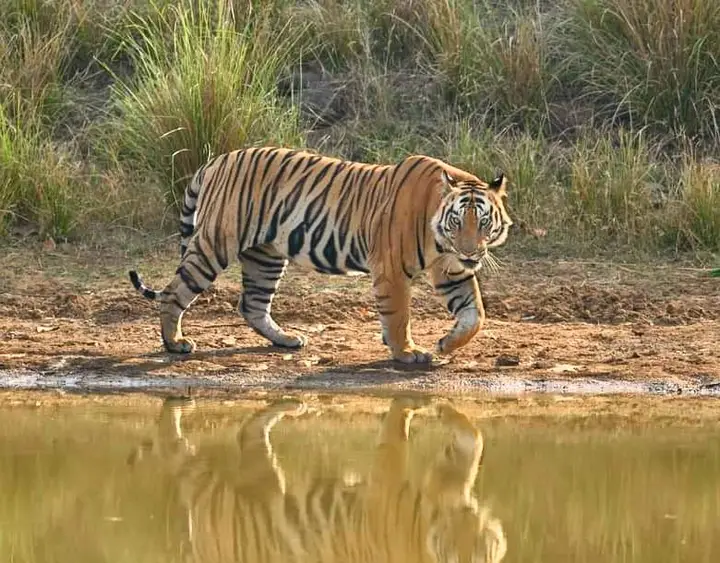
- It is located at the India-Nepal border in the West Champaran district of Bihar.
- It is situated in the Gangetic Plains biogeographic zone of the country.
- It forms the easternmost limit of the Himalayan Terai forests in India and is the only tiger reserve in Bihar.
- It comprises the Valmiki National Park and Valmiki Wildlife Sanctuary.
- It is surrounded by the Royal Chitwan National Park of Nepal in the north and the river Gandak on the western side.
- Rivers: Rivers Gandak, Pandai, Manor, Harha, Masan, and Bhapsa flow through various parts of the reserve.
- The forest of this region has a combination of bhabar and terai tracts.
- Vegetation: It has mainly Moist mixed deciduous, Open-land vegetation, Sub-mountainous semi-evergreen formation, Freshwater swamps, Riparian fringes, Alluvial grasslands, high hill savannah and Wetlands.
- Flora: Sal, rohini, sihor, teak, bamboo, semal, Mandar, shisham, Jamun, Gular etc.
- Fauna: Tigers, Leopards and Indian Wild Dogs are large predators. Leopard cat and fishing cat, Deer, sambar, barking deer and hog deer etc.

About the RAMP Programme:
- The Raising & Accelerating MSME Performance (RAMP) programme is assisted by the World Bank.
- It aims to improve the performance of micro, small, and medium enterprises (MSMEs) in India.
- It was launched in 2022.
- Objectives:
- Improving access to market and credit for MSMEs
- Strengthening institutions and governance at the central and state levels
- Improving centre-state linkages and partnerships
- Addressing issues of delayed payments
- Greening of MSMEs
- The National MSME Council has been set up by the Ministry to work as an administrative and functional body of the RAMP Programme.
- Sub schemes under RAMP:
- MSME GIFT Scheme: MSME Green Investment and Financing for Transformation Scheme intends to help MSMEs adopt green technology with interest subvention and credit guarantee support.
- MSE SPICE Scheme: The MSE Scheme for Promotion and Investment in Circular Economy aims to support circular economy projects which will be done through credit subsidy and will lead to realising the dream of MSME sector towards zero emissions by 2070.
- MSE ODR Scheme: The MSE Scheme on Online Dispute Resolution for Delayed Payments is a first of its kind scheme to synergise legal support with modern IT tools and Artificial Intelligence to address the incidences of delayed payments for Micro and Small Enterprises.
- Implementing agencies of the sub schemes: Small Industries Development Bank of India (SIDBI) for MSME GIFT and MSME SPICE schemes and National Informatics Centre Services Inc. (for NICSI) for MSE ODR scheme.

About the Mitochondrial Diseases:
- Mitochondrial diseases are a group of conditions that affect how mitochondria work in your body.
- What are Mitochondria?
- Mitochondria are membrane-bound cell organelles that generate most of the chemical energy needed to power the cell's biochemical reactions.
- They make it by combining oxygen with the fuel molecules (sugars and fats) that come from your food.
- Chemical energy produced by the mitochondria is stored in a small molecule called adenosine triphosphate (ATP).
- Generally, mitochondria, and therefore mitochondrial DNA, are inherited only from the mother.
- When the mitochondria are defective, the cells do not have enough energy. The unused oxygen and fuel molecules build up in the cells and cause damage.
- Mitochondrial diseases can affect almost any part of your body, including the cells of your Brain, Nerves, Muscles, Kidneys, Heart, Liver, Eyes, Ears, and Pancreas.
- Causes:
- Genetic mutations cause these primary mitochondrial diseases. They usually happen before age 20, and some are more common in infants.
- Mitochondrial dysfunction can also occur when mitochondria don’t work as well as they should due to another disease or condition. These are called secondary mitochondrial diseases.
- Symptoms:
- The symptoms of mitochondrial disease can vary. It depends on how many mitochondria are defective and where they are in the body.
- Sometimes only one organ, tissue, or cell type is affected. But often, the problem affects many of them.
- Muscle and nerve cells have especially high energy needs, so muscular and neurological problems are common.
- Treatment:
- There are no cures for these diseases, but treatments may help with symptoms and slow down the disease.
- They may include physical therapy, vitamins and supplements, special diets, and medicines.
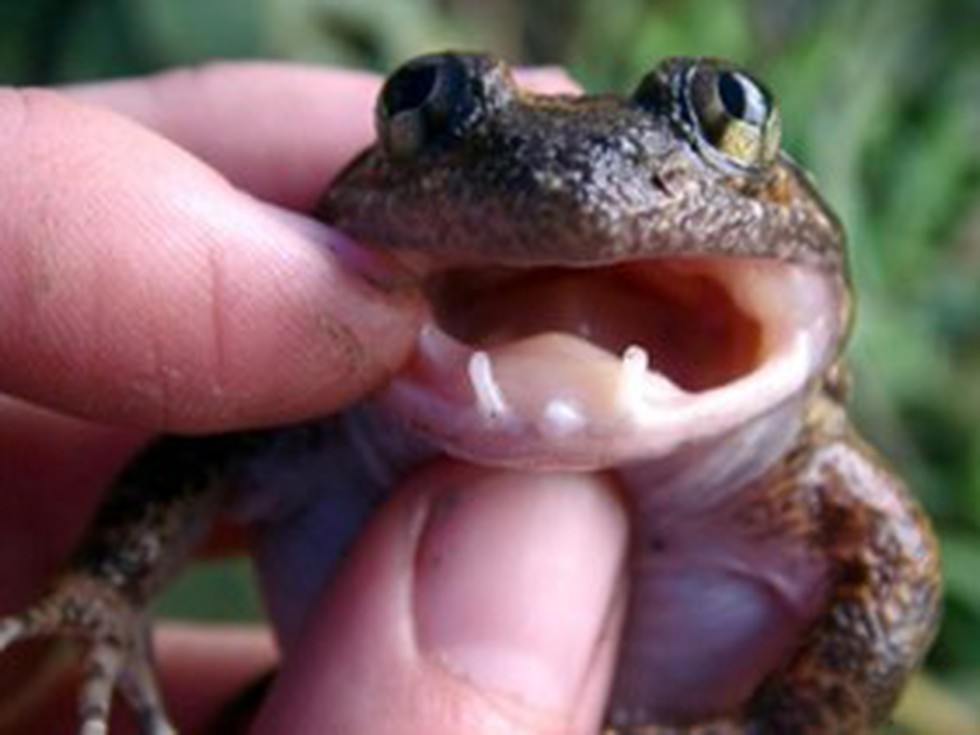
About Fanged Frogs:
- They refer to a group of 75 species of frogs belonging to the genus Limnonectes.
- These frogs are known for their distinctive fang-like structures, which are actually projections of their jaw bone.
- They are found throughout East and Southeast Asia.
- However, unlike many snakes, these frogs don’t use their fangs to bite humans or inject venom into a person’s body.
- They use these fangs to battle with each other over territory and mates, and sometimes even to hunt tough-shelled prey like giant centipedes and crabs.
- Many frogs in this genus are giants, weighing up to two pounds.
Key Facts about Limnonectes phyllofolia:
- It is the smallest species of fanged frog.
- It was found on the mountainous island of Sulawesi in Indonesia.
- They’ve been given the nickname “leaf-nester” because, unlike most frogs, they don’t lay their eggs in water.
- They make their nest either on tree leaves or on moss-covered boulders away from water, and the males guard them.
- Adults are brown in colour.

About Securities Appellate Tribunal (SAT):
- It is formed as a statutory and autonomous body as per the provisions of the Securities and Exchange Board of India (SEBI) Act, 1992.
- It was mainly established to hear appeals against orders passed by the SEBI or by an adjudicating officer under the SEBI Act.
- The SAT hears appeals against the following orders:
- Orders issued by the Insurance Regulatory and Development Authority of India (IRDAI) in relation to cases filed before it.
- Orders issued by the Pension Fund Regulatory and Development Authority (PFRDA) in relation to cases filed before it.
- Hear the orders passed by SEBI.
- Composition: SAT consists of one Presiding Officer and such number of Judicial and Technical members as the Central Government may determine.
- The person so appointed as the presiding Officer should meet the following requirements:
- The retired or sitting judge of the Supreme Court
- Chief Justice of the High Court
- Judge of the High Court, who has completed at least seven years of service as a judge in a high court.
- Judicial Member: Judge of the High Court for at least five years of service
- Technical Member:
- Secretary or an Additional Secretary in the Ministry or Department of the Central Government or any equivalent post in the Central Government or a State Government; or
- Person of proven ability, integrity, and standing, having special knowledge and professional experience of not less than 15 years in the financial sector, including the securities market, pension funds, commodity derivatives, or insurance.
- The Presiding Officer and Judicial Members shall be appointed by the Central Government in consultation with the Chief Justice of India or its nominee.
- Tenure: The tenure for the Presiding Officer and other members will be five years from the date of appointment, and they shall be eligible for re-appointment for another term of maximum five years.
- However, no presiding officer or member shall hold office after he/she has attained the age of 70.
- The person so appointed as the presiding Officer should meet the following requirements:
- SAT has the same powers as vested in a civil court under the code of civil procedure while trying a suit.
- Who can make an appeal?
- Every person aggrieved by the order of the SEBI or adjudicating officer is liable to make an appeal to the SAT.
- No appeal can be made to the SAT against any order made with the consent of the parties.
- Appeal against the orders of the SAT:
- Every person aggrieved by any order or decision of SAT can file an appeal to the Supreme Court.
- An appeal can only be made on any question of law.

About Major Dhyan Chand Khel Ratna Award:
- Named after the hockey wizard Major Dhyan Chand (1905–79), an Indian legendary field hockey player, the "Major Dhyan Chand Khel Ratna Award" (erstwhile Rajiv Gandhi Khel Ratan Award) is the highest sporting honour in India.
- Instituted in 1991–1992, the award is conferred annually by the Ministry of Youth Affairs and Sports, Government of India.
- Eligibility:
- The spectacular and most outstanding performance in the field of sports and games at the international level, i.e. Olympic/Asian/Commonwealth/World Games/Championships/World Cup and equivalently recognized international tournaments, by a sportsperson over a period of four years immediately preceding the year during which the award is to be given.
- During the years when Olympic Games, Commonwealth Games and Asian Games are held, the achievements of the sportspersons in these Games and other abovementioned tournaments up to the conclusion of the Olympic Games/Commonwealth/Asian Games, as the case may be, will also be considered.
- Sportspersons who have been penalised or against whom an enquiry is pending or ongoing for the use of drugs/substances banned by the World Anti-Doping Agency (WADA) will not be eligible for the award.
- General Conditions:
- No award will be made for a second time to the same person.
- There will be only one award every year to be given to an individual sportsperson. This condition will be relaxed only in exceptional circumstances.
- The award may be given posthumously if such an occasion arises.
- The Government of India may cancel or annul the award for any recipient for specific reasons, including doping.
- Benefits: The award will consist of the following:
- A cash amount of ₹25,00,000, which is exempt from income tax and wealth tax.
- A Certificate of honour to each sportsperson.
- One medal to each sportsperson.
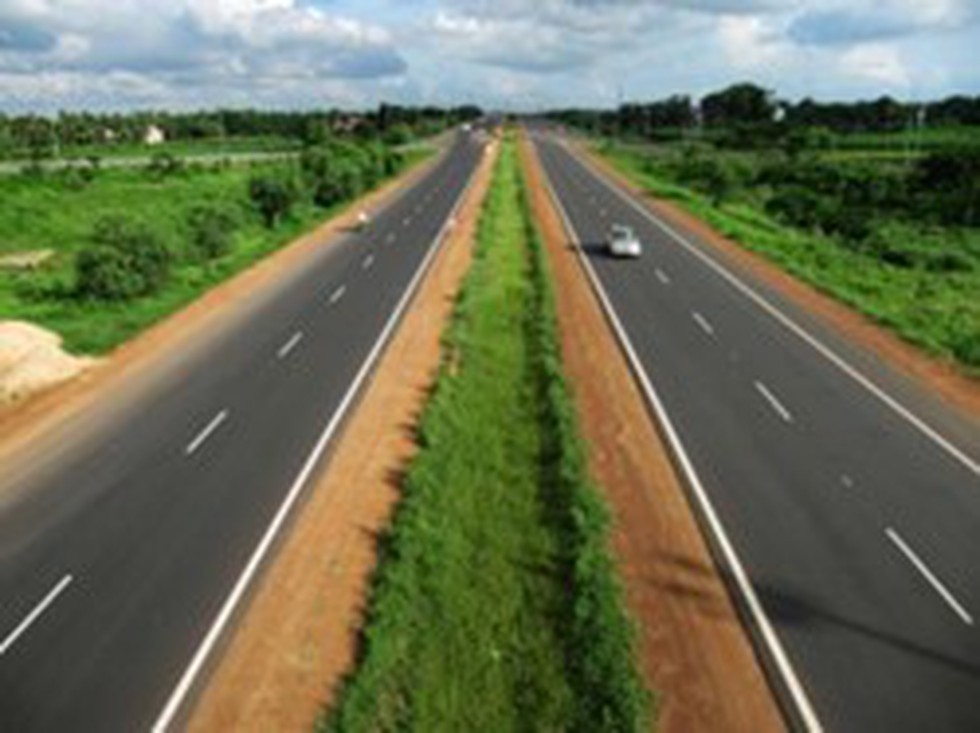
About the Bhoomi Rashi Portal:
- It is an e-Governance initiative of the Ministry of Road Transport and Highways.
- The portal intends to expedite the process of land acquisition for National Highways.
- It acts as a single-point platform for the online processing of land acquisition notifications to accelerate highway infrastructure development projects in India.
- This portal would enhance the efficiency of the land acquisition process, ensure transparency and accountability, and result in the e-transfer of benefits directly to the accounts of the beneficiaries.
- Features:
- Bilingual application with Hindi and English for easy usability
- Preparation of interface for adding basic details of project, including land acquisition sanction details
- Preparation of interface for Land Acquisition locationse. villages
- Preparation of Interface for Competent Authority for Land Acquisition (CALA) details. CALA is a revenue functionary of the State Government appointed for each NH Project.
- Interface for generating land acquisition notification
- Interface for land Details
- Interface for generation of notification: organisational email IDS for all those involved in the process flow to ensure smooth e-office management
- Interface for Objections and processing
- Interface for compensation determination and finalisation
- Interface for land owners and affected parties
- Interface for reports generation
- The portal has been integrated with the Public Financial Management System (PFMS) of the Ministry of Finance for depositing compensation in the accounts of affected/ interested persons on a real-time basis.


























































































































































.png)
.png)
.png)
.png)
.png)


.png)
.png)
.png)





.png)
.png)






.png)
.png)
.png)
.png)
.png)
.png)
.png)
.png)
.png)

.png)







.png)
.png)


.png)
.png)
.png)


.png)

.png)
.png)





.jpg)

.png)
.png)


.png)

.png)
.png)
.png)

.jpg)

.jpg)


.png)

.png)
.png)
.png)
.png)
.png)
.png)
.png)
.png)
.png)
.png)




.png)

.png)





.png)
.png)
.png)
.png)
.png)
.png)
.png)
.png)
.png)
.png)
.jpg)
.jpg)

.png)
.png)
.png)
.png)
.png)
.png)
.png)
.png)
.png)
.png)
.png)
.png)
.png)
.png)
.png)
.png)
.png)
.png)
.png)
.png)
.png)
.png)



.png)
.png)

.jpg)
.jpg)


.jpg)
.jpg)
.jpg)
.jpg)
.jpg)

.jpg)








.jpg)
.jpg)
.jpg)
.jpg)
.jpg)

















.jpg)
.jpg)







.jpg)


















.jpg)
.jpg)






























































































.jpg)
.jpg)


























.jpg)

.jpg)










.jpg)








.jpg)




.jpg)










.jpg)


















.jpg)












































.jpg)














.jpg)
.jpg)
.jpg)





.jpg)

.jpg)
.jpg)





































































.jpg)


































.jpg)
.jpg)
















































.jpg)












.jpg)


.jpg)




.jpg)
.jpg)
.jpg)

.jpg)
.jpg)
.jpg)
.jpg)

.jpg)
.jpg)
.jpg)

.jpg)
.jpg)
.jpg)
.jpg)
.jpg)
.jpg)
.jpg)
.jpg)

.jpg)


.jpg)
.jpg)
.jpg)
.jpg)
.jpg)
.jpg)
.jpg)
.jpg)
.jpg)
.jpg)











.jpg)
.jpg)





.jpg)
.jpg)
.jpg)
























.jpg)
























.jpg)









.jpg)
.jpg)







.jpg)
.jpg)









































.jpg)
.jpg)
.jpg)
.jpg)
.jpg)

.jpg)
.jpg)
.jpg)
.jpg)
.jpg)


.jpg)
.jpg)
.jpg)
.jpg)
.jpg)

.jpg)
.jpg)
.jpg)
.jpg)
.jpg)
.jpg)
.jpg)
.jpg)
.jpg)
.jpg)
.png)

.png)
.png)

.png)
.png)
.png)
.png)


.jpg)
.jpg)

.jpg)
.jpg)
.jpg)

.png)
.png)
.png)
.png)
.png)
.png)
.png)

.png)
.png)
.png)
.png)
.png)
.png)
.png)
.png)
.png)
.png)





































































-min.png)



.png)




.png)








































